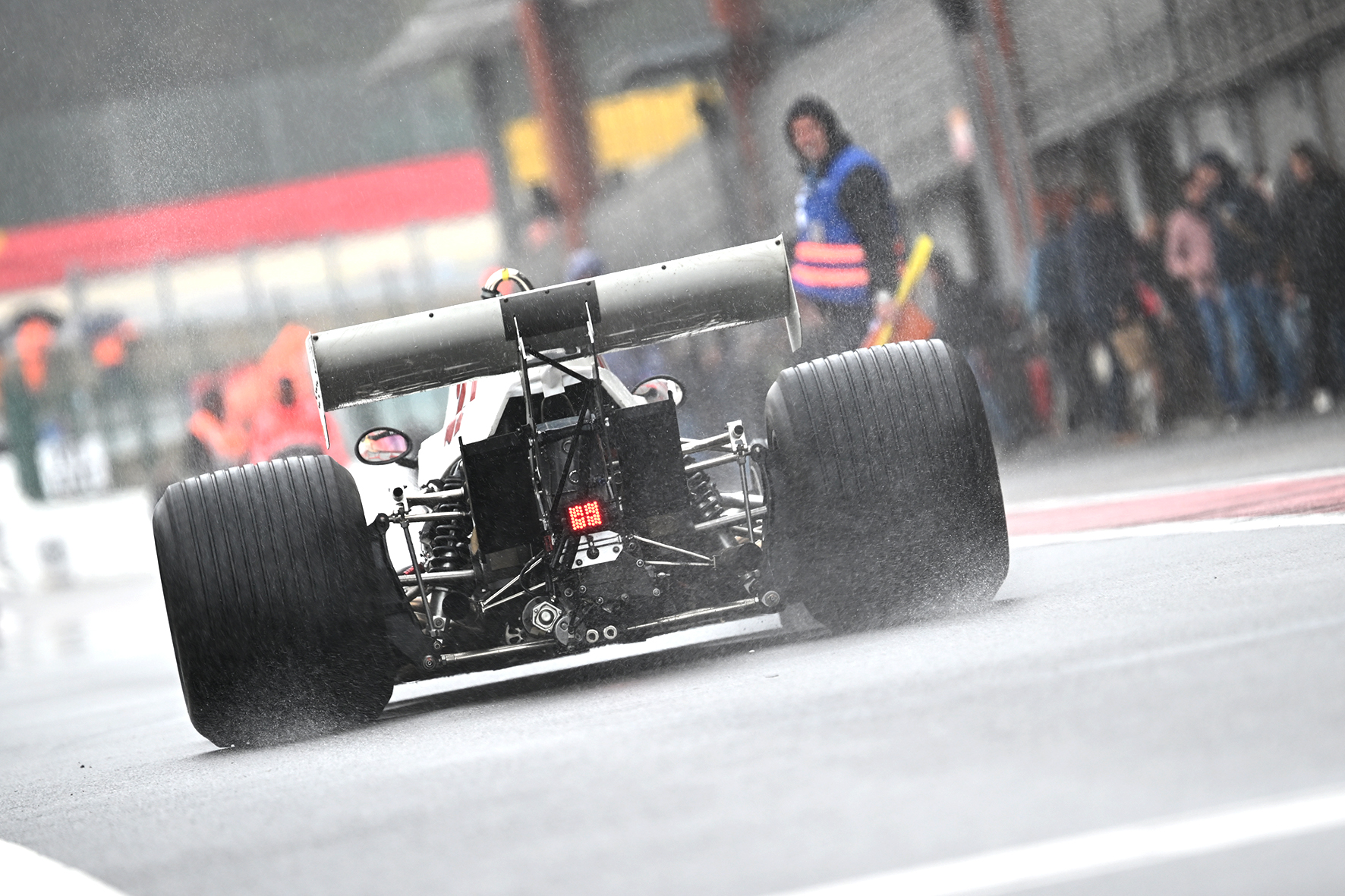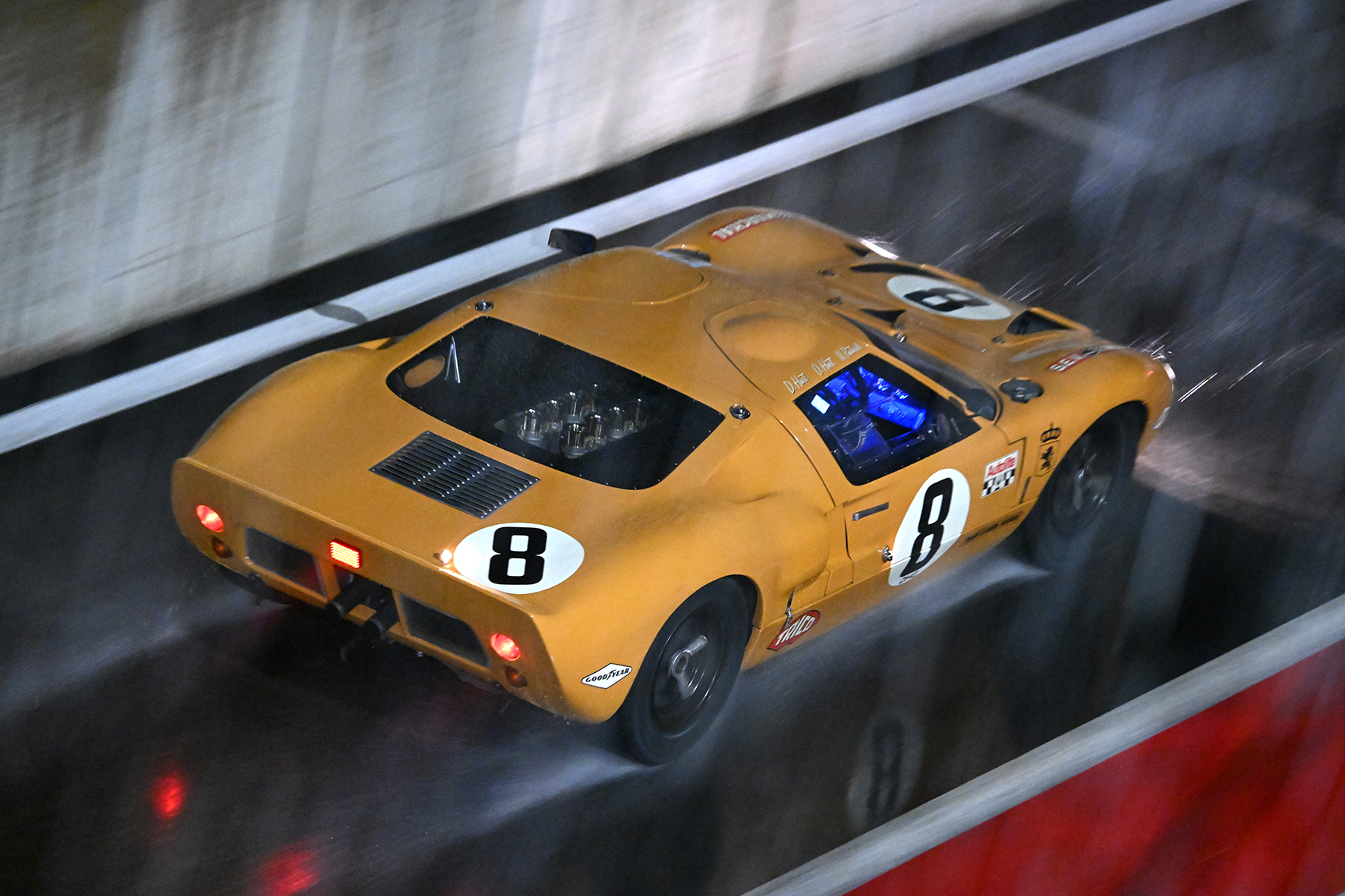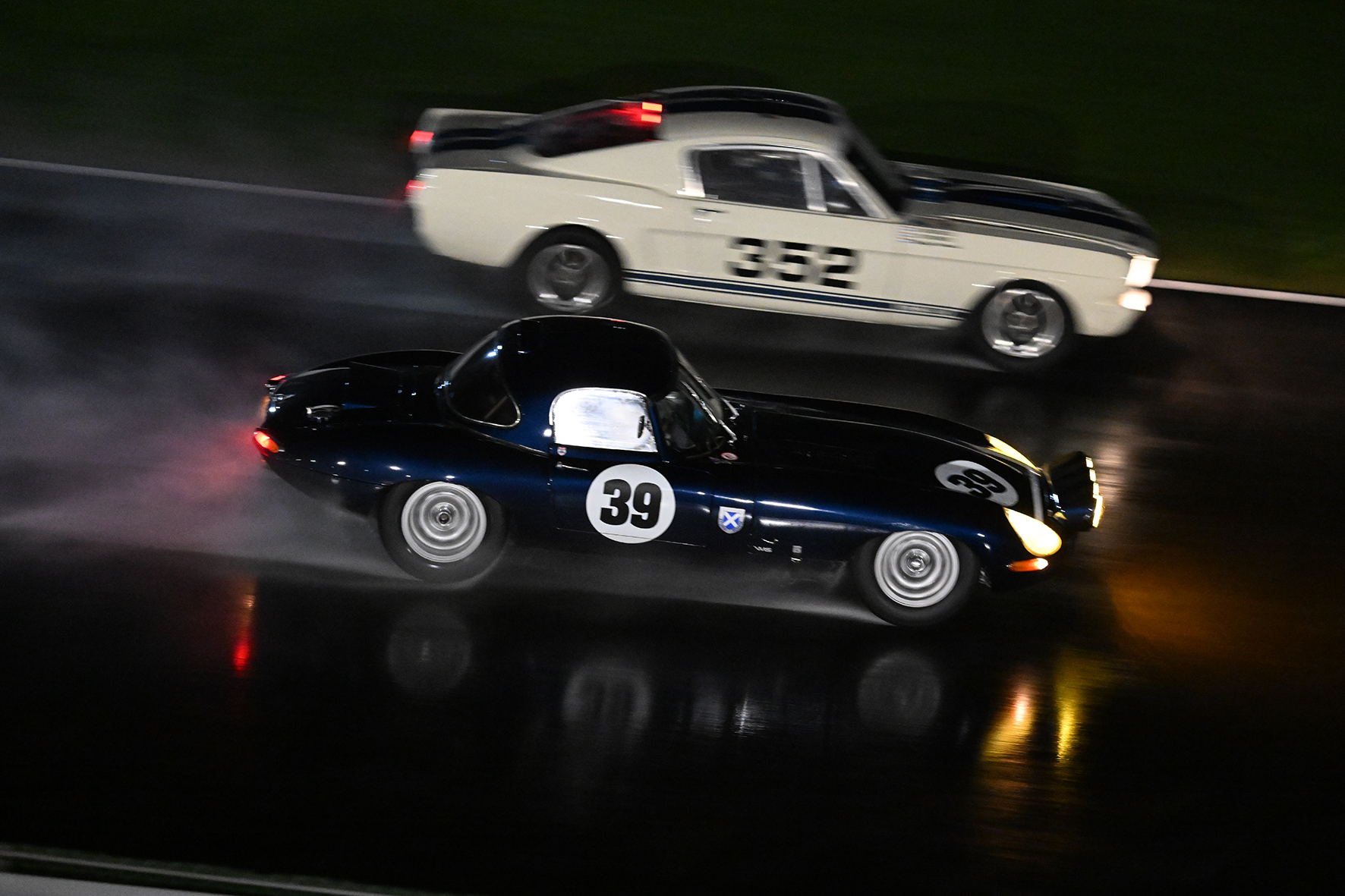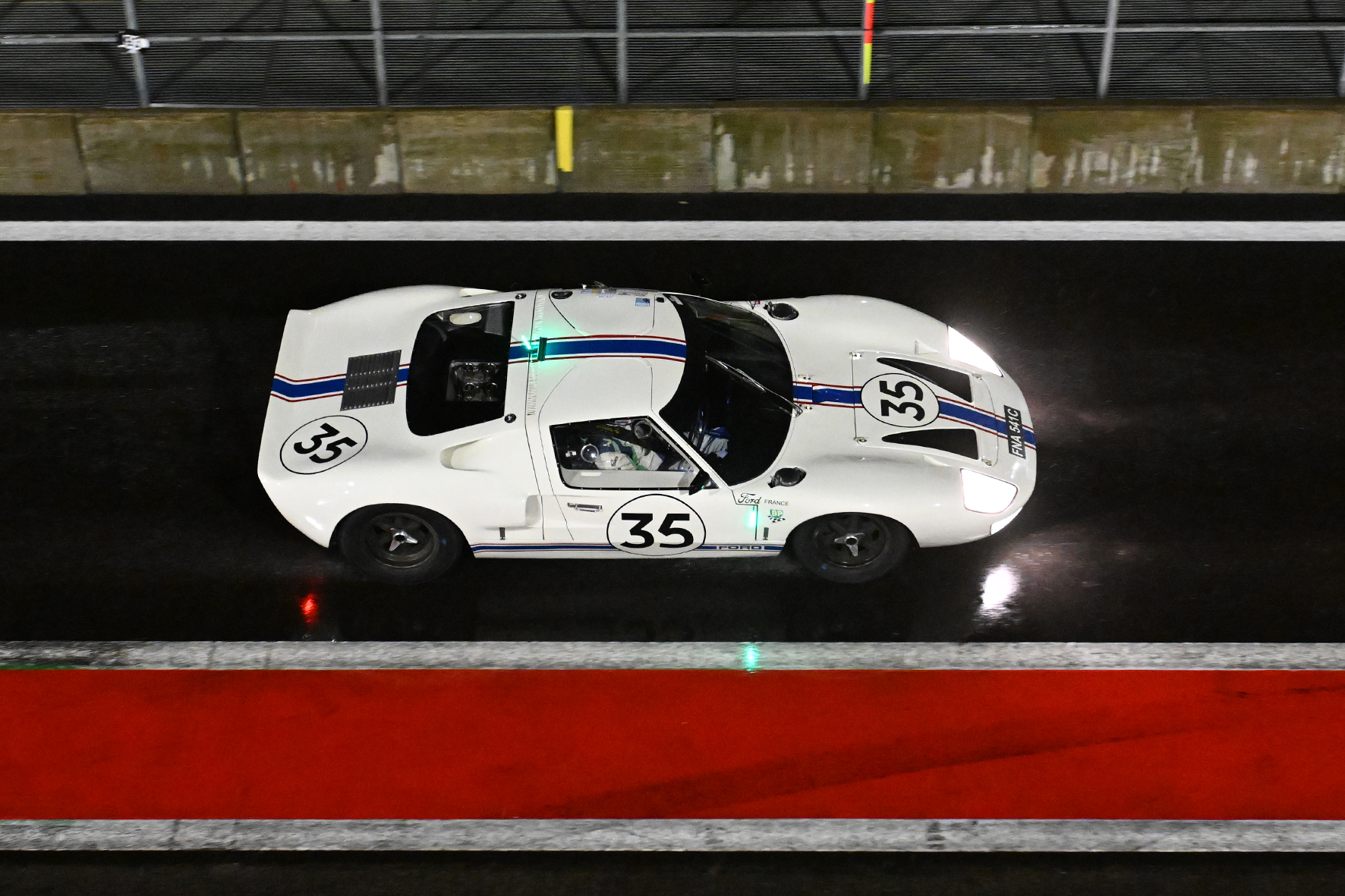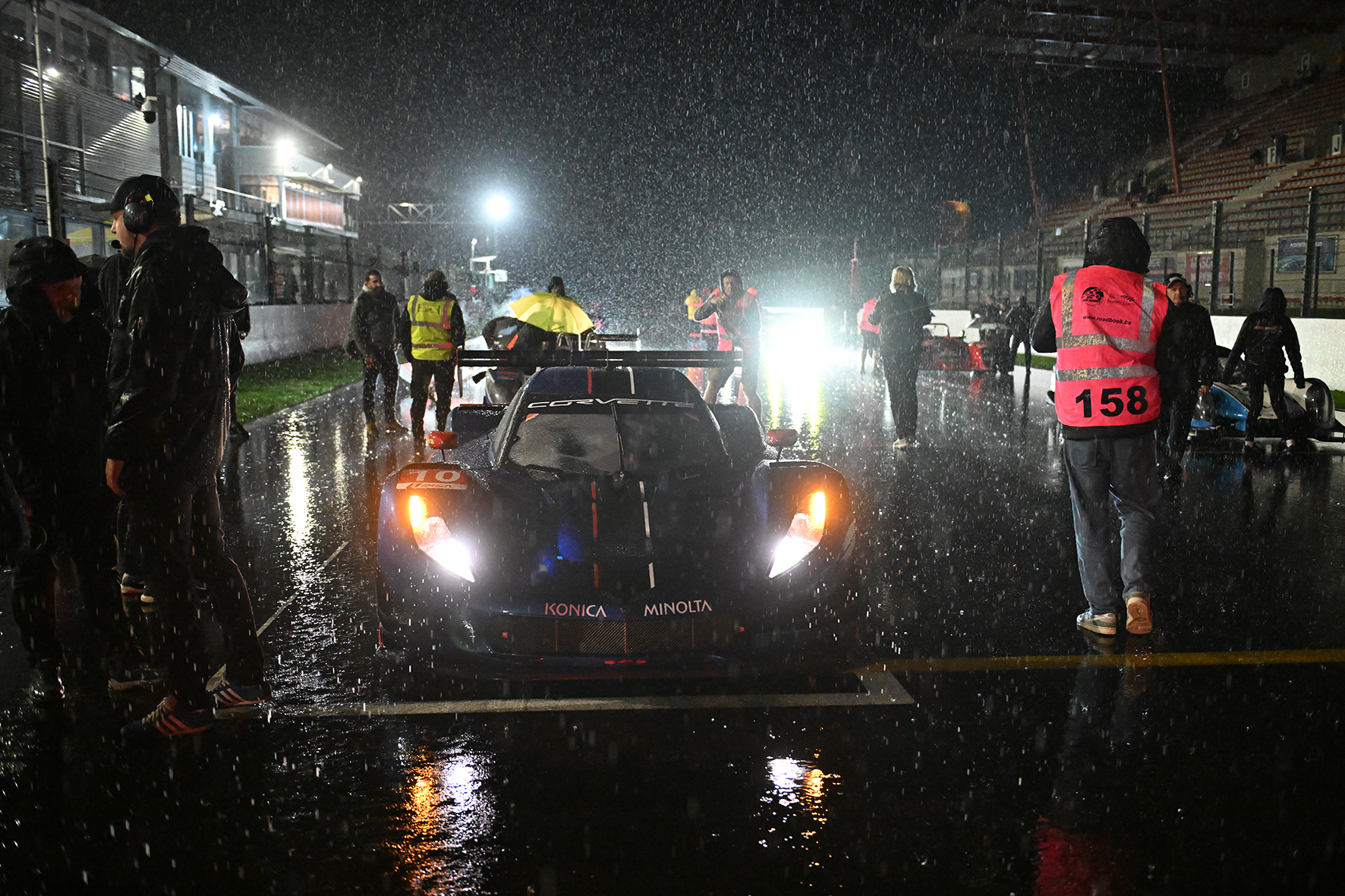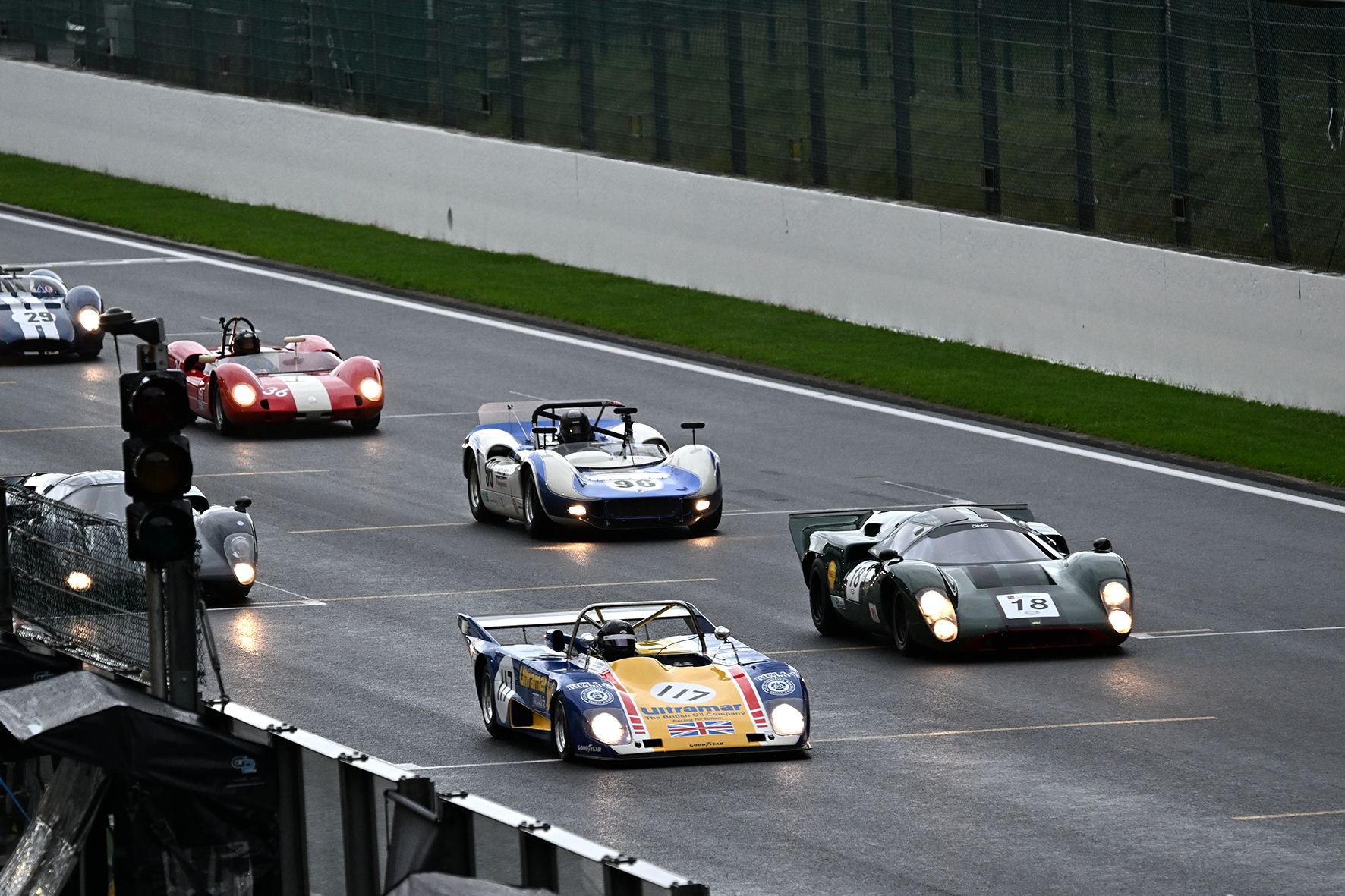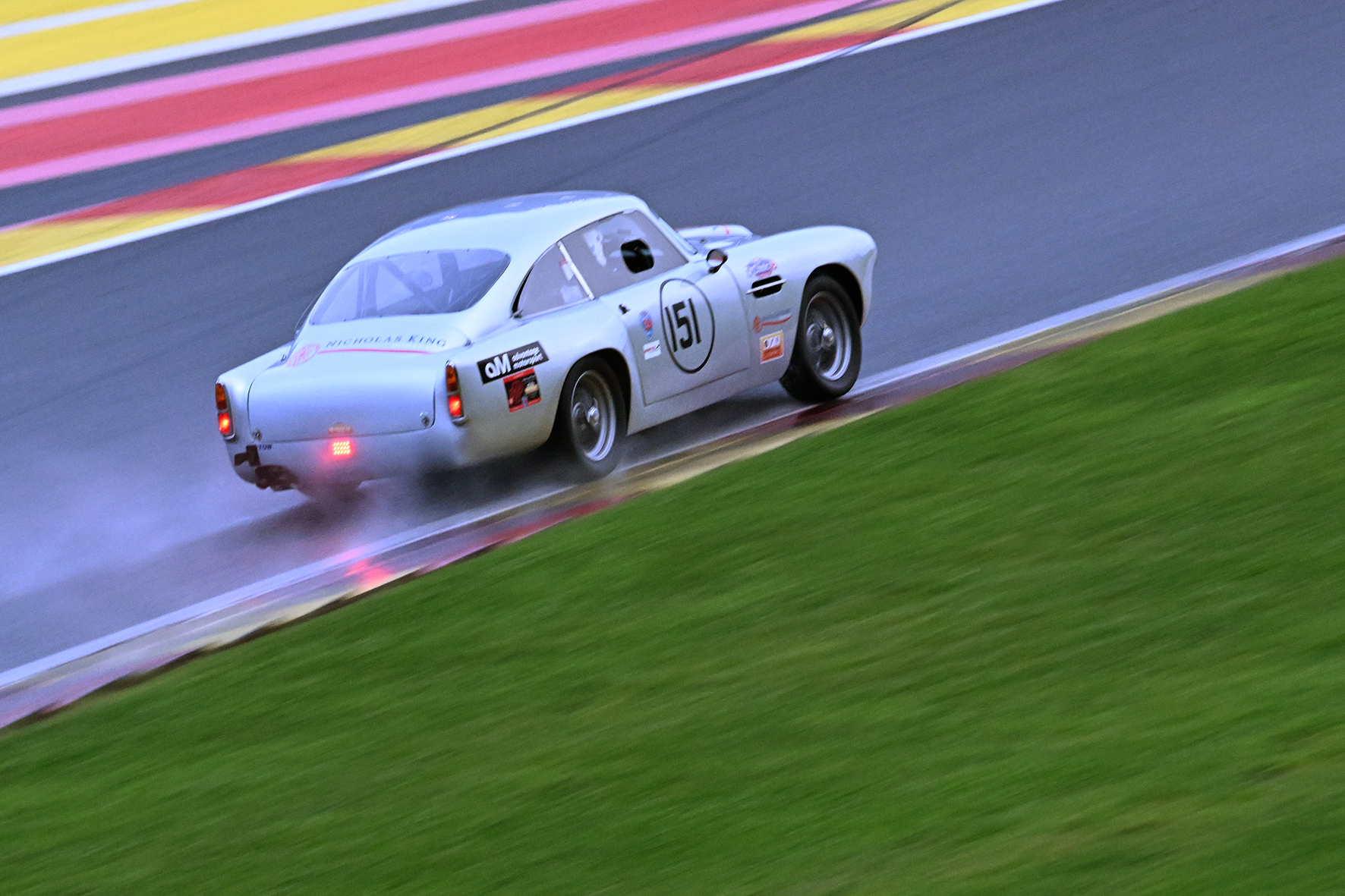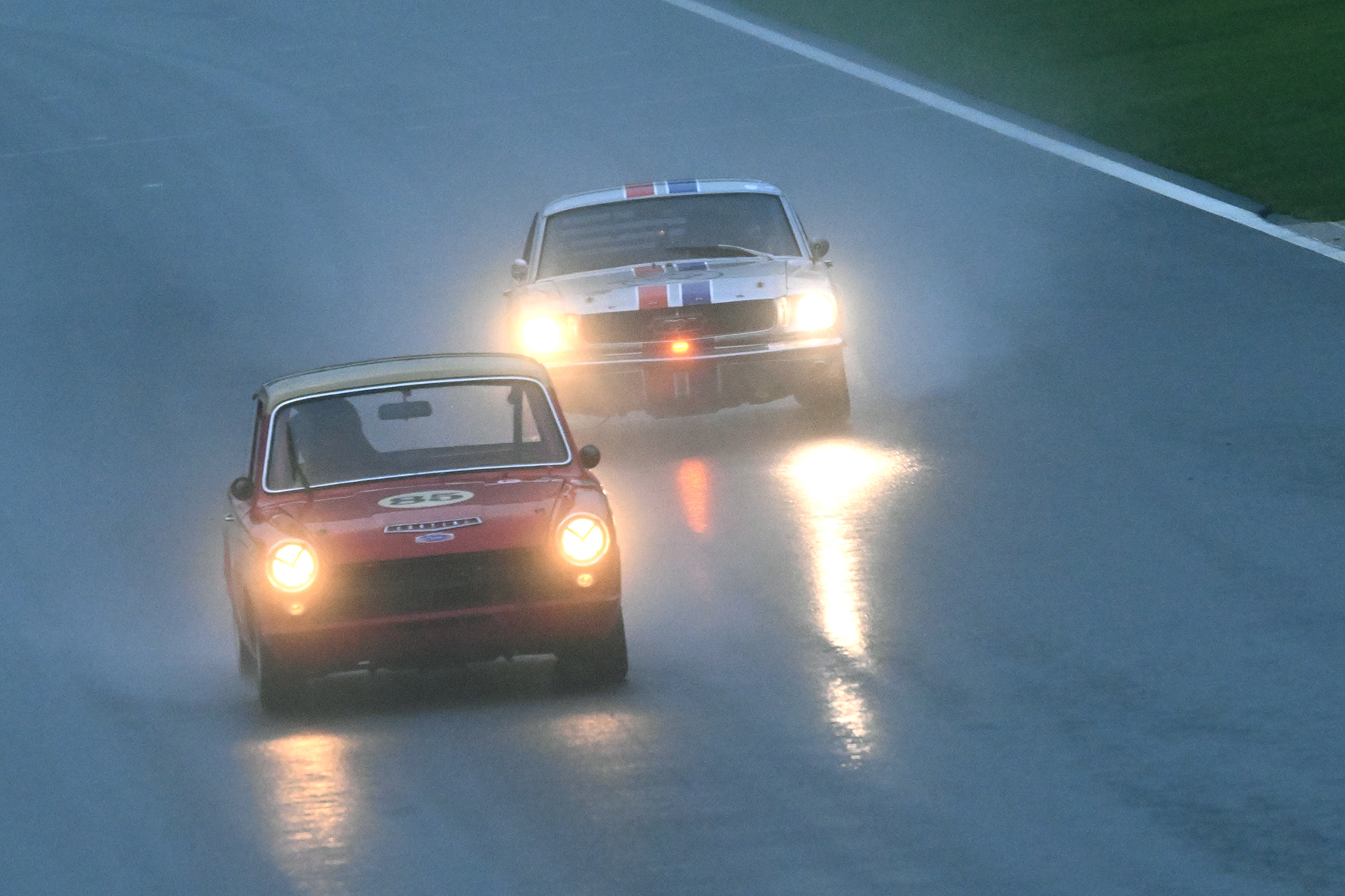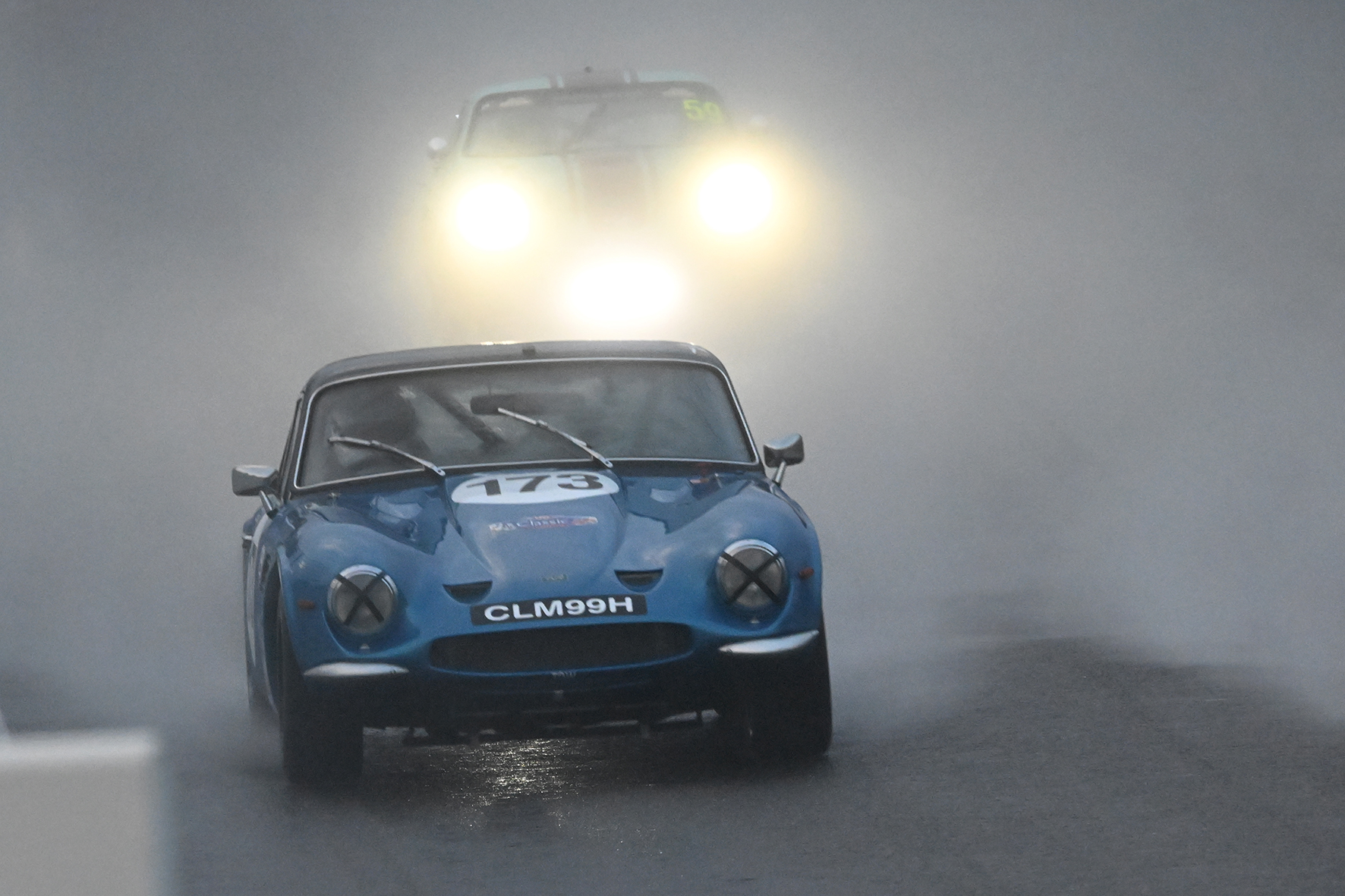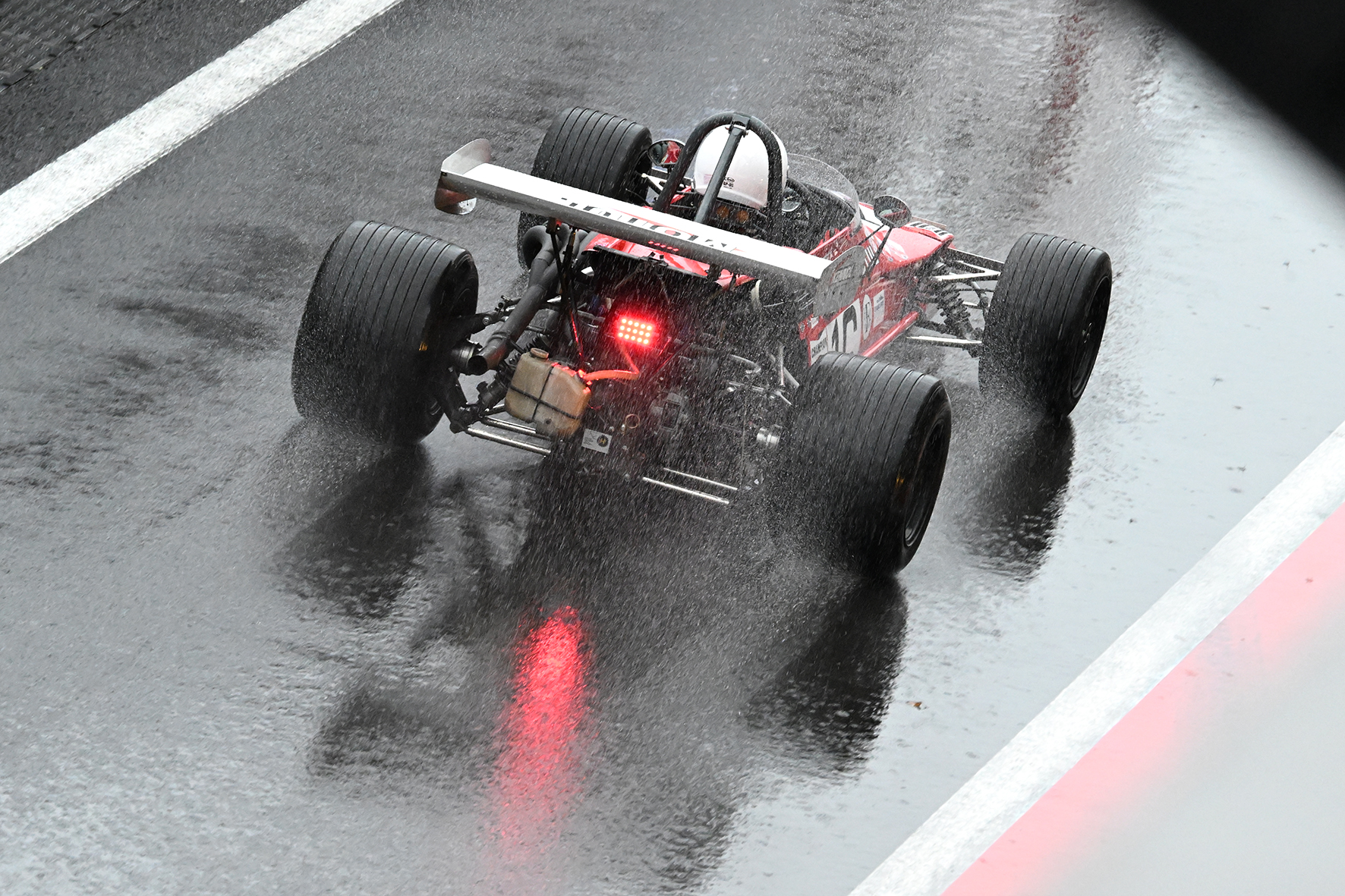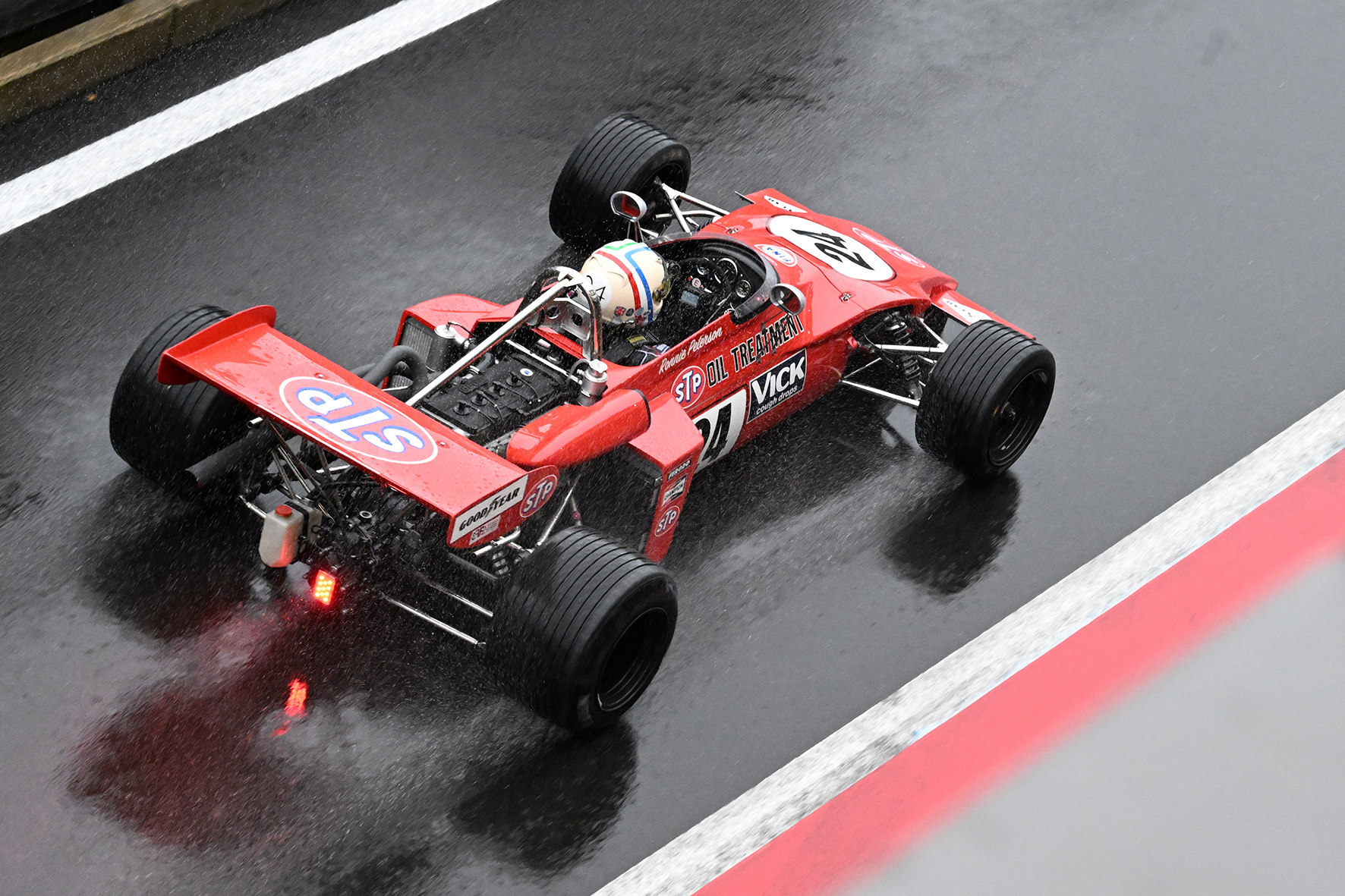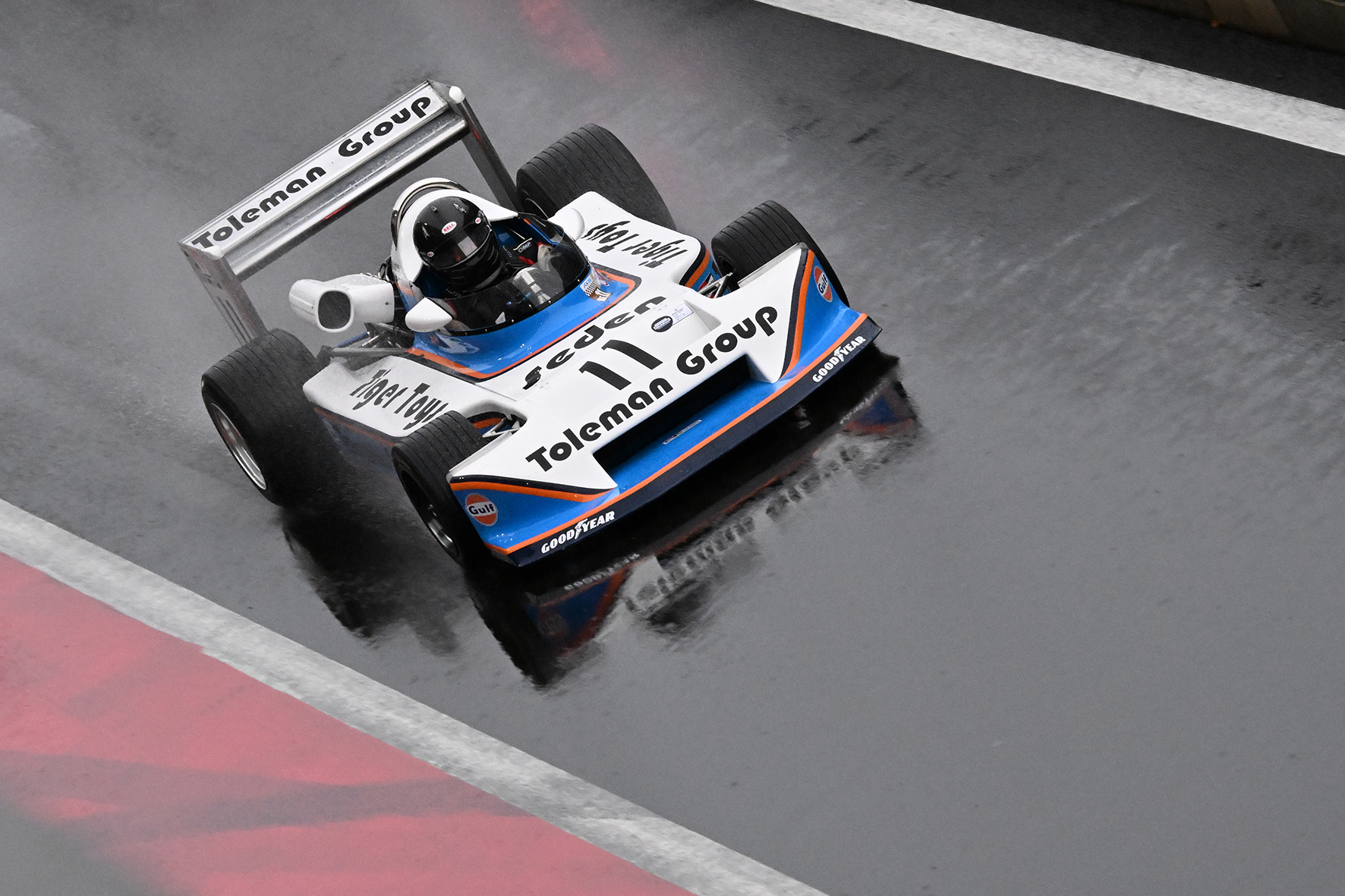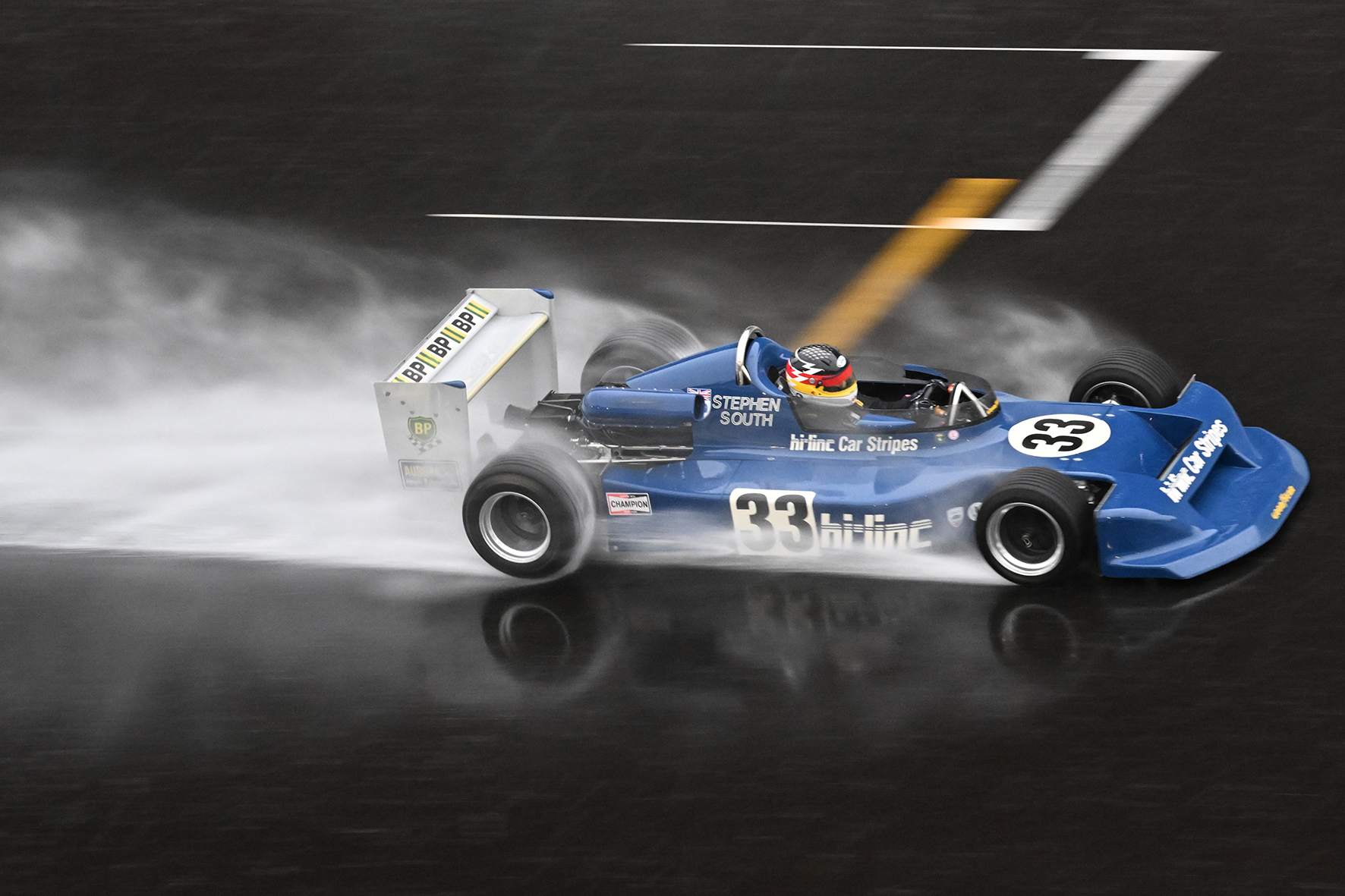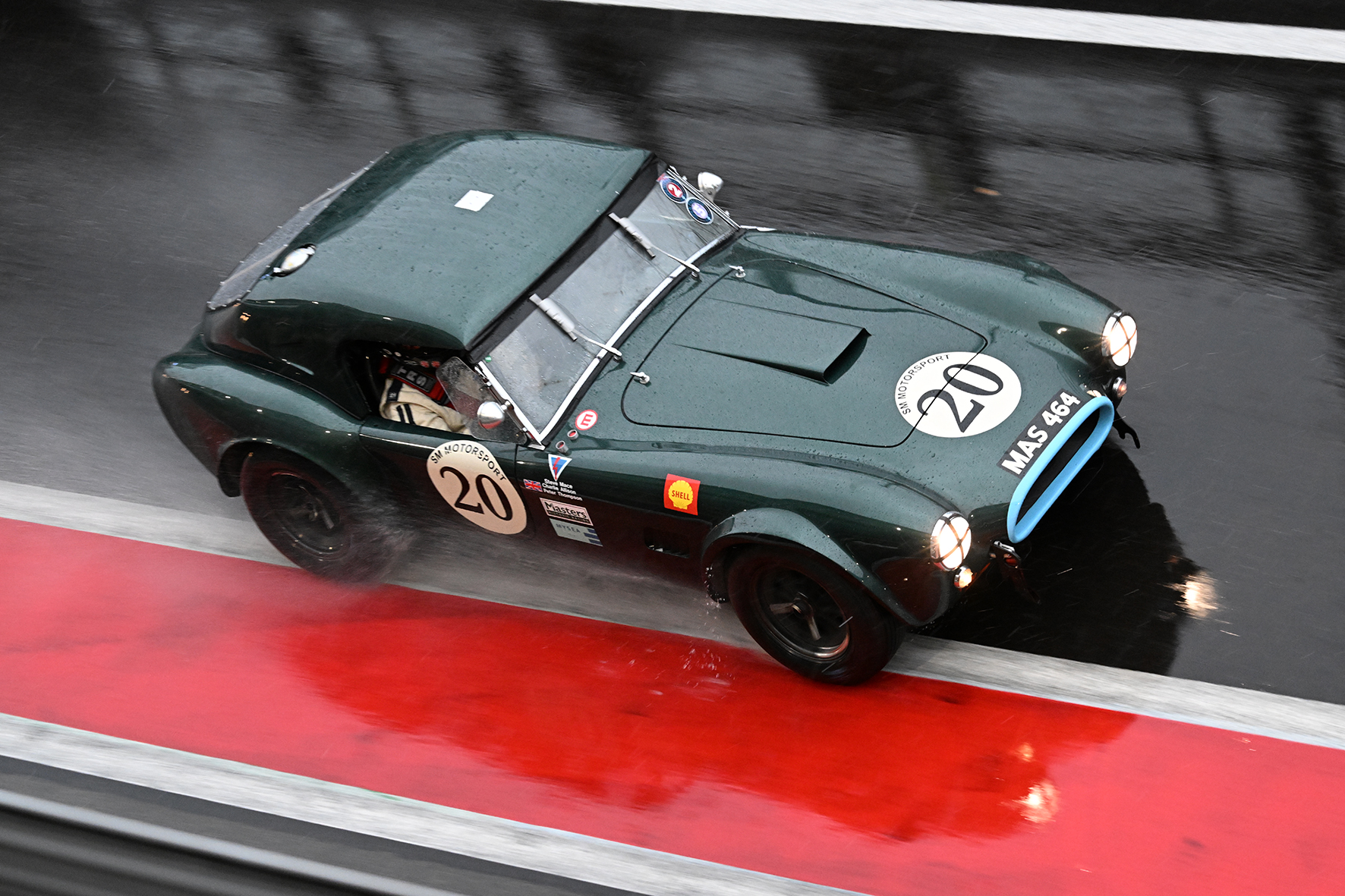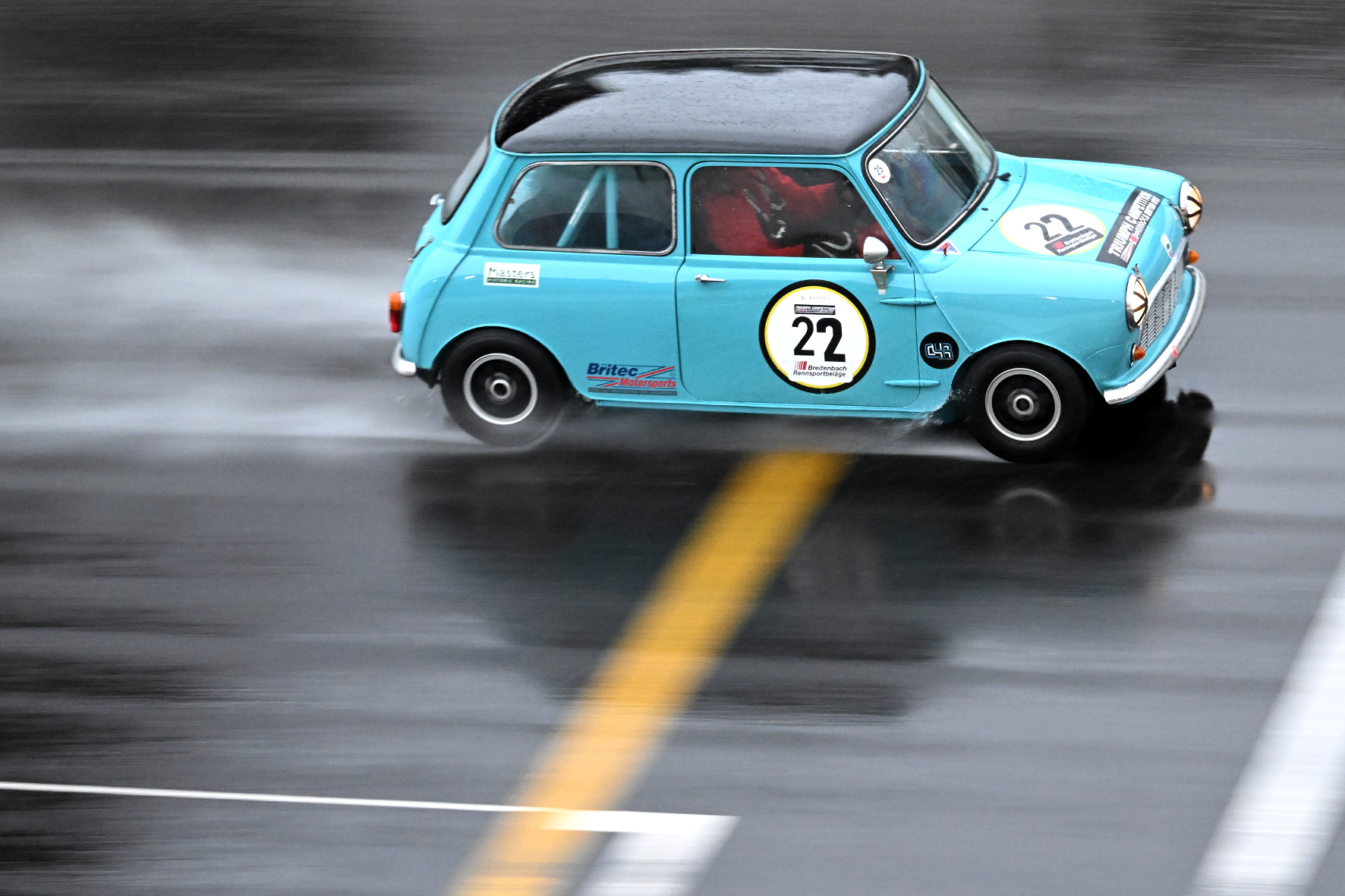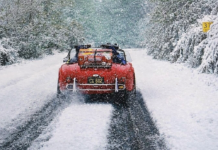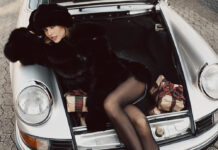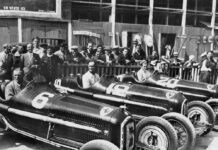Spa Francorchamps is always worth a visit. Despite numerous modernisations of the facilities, the tradition of motor racing can still be felt everywhere. There is a tunnel under the track in the Eau Rouge area that is still really old; you could be forgiven for thinking that Juan Manuel Fangio or Pedro Rodriguez are coming towards you.
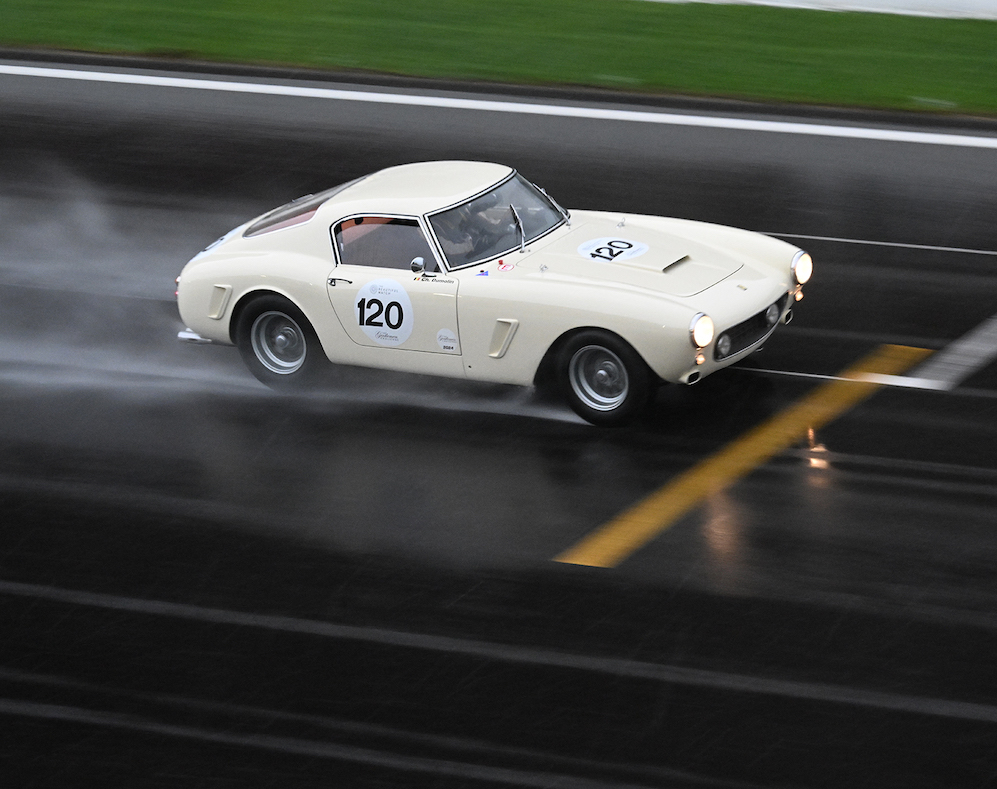
The beautiful and fascinating thing about historic motorsport is this journey through time. Immerse yourself in another world. The world of unbridled speed, the fascination of perpetual danger and the glamour of the stars. You can experience all of this during the Spa Six Hours. This is also what makes this fantastic event so special.
Hands-on racing, close-up experience – a fascination that you can’t escape and, of course, don’t want to escape. That’s what I came here for and I come back every year.
Of course, it is also my duty as a chronicler to list the various racing series that were at the start. There were 13 different races in total. To stay within the time frame, the pre-war sports cars are mentioned first. Bentley, Alfa Romeo, Delahaye, Fraser Nash, Alvis, Riley, and a beautiful light blue Talbot Lago T26 raced there.
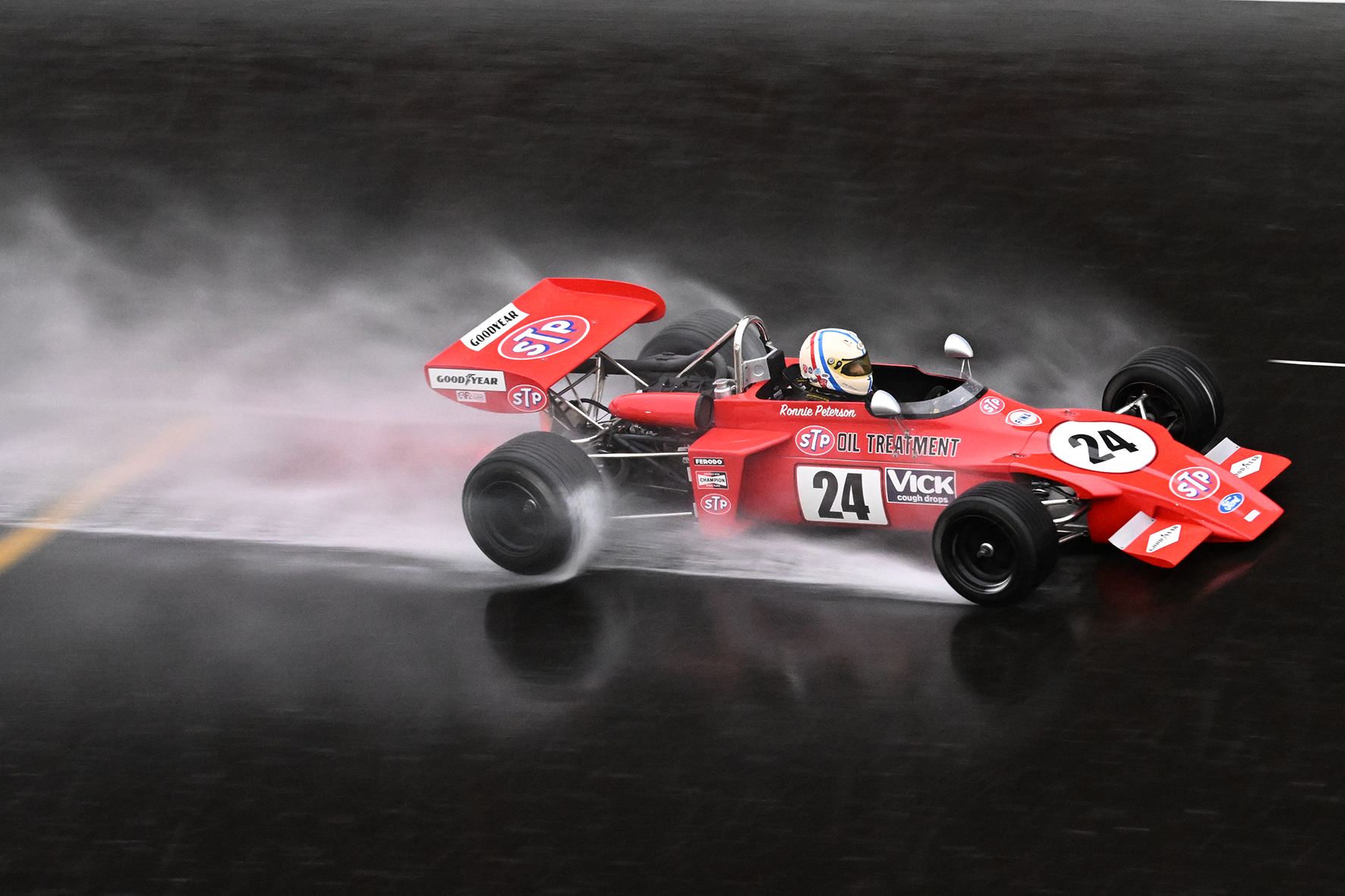
Of course, the golden years of motorsport, i.e. the fifties to eighties of the last century, are represented the most with the racing cars of the Historic GP Association, the Masters Sports Car Legends, the Masters Racing Legends, the Historic Formula Junior, the Masters Gentleman Drivers, the RAC Woodcote Trophy and last but not least the Spa Six Hours Endurance Race.
The menu was rounded off by the Formula 2 and 3 Interseries and the Masters Endurance Legends, which presented the ‘latest’ racing cars, the wonderful and very fast Groundeffect cars from the World Endurance Championship. A Chevrolet Corvette C7R Daytona Prototype, a very interesting racing car, was at the start.
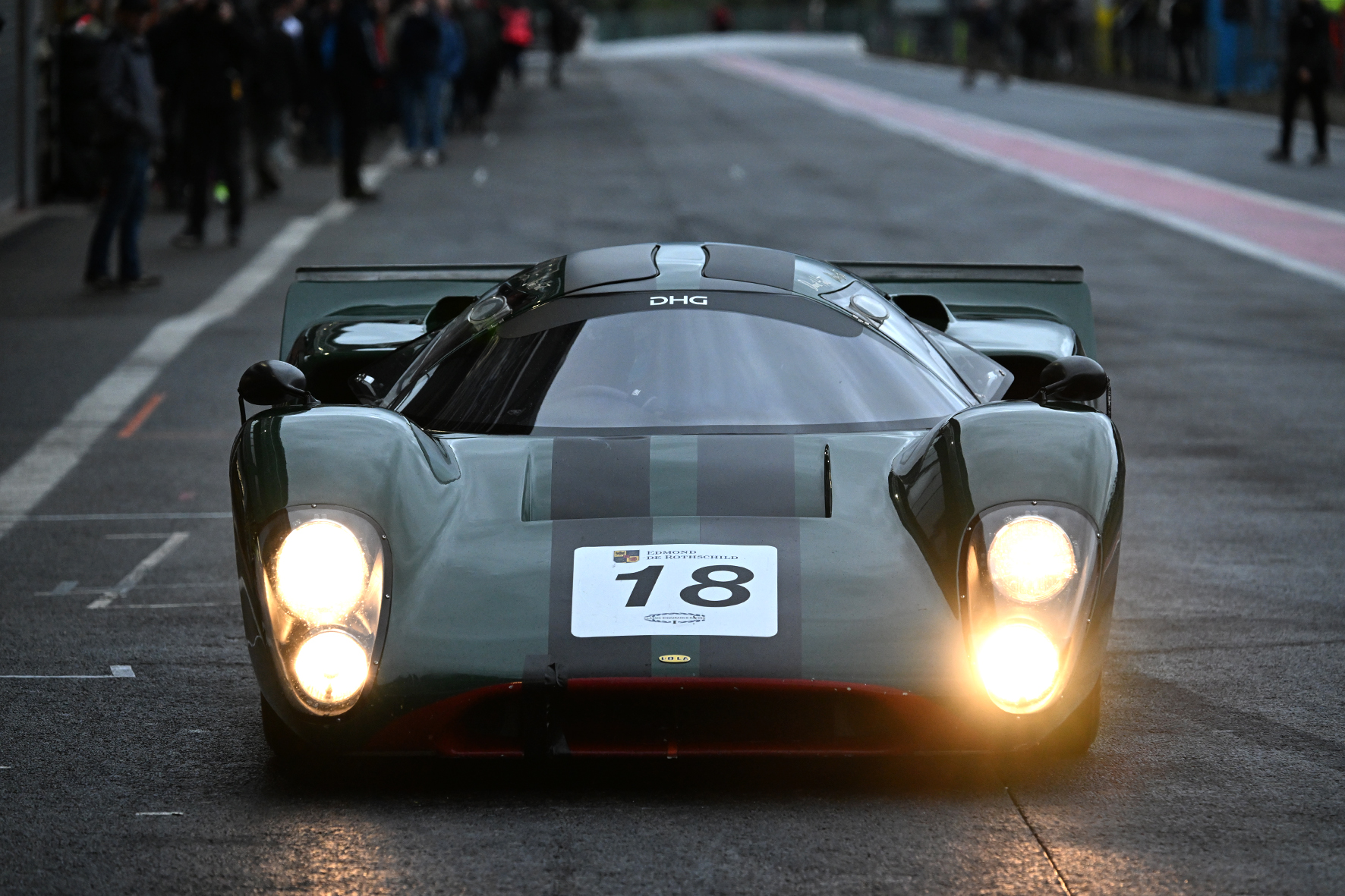
The Masters Racing Legends and the Masters Endurance Legends were the fastest of the weekend, although the lap times were not as fast as they could have been due to the frequently wet track. However, this did not detract from the excitement, and the difficult conditions were a big part of the thrill for the spectators. Because as always: ‘to finish first, you have to finish first’.
Taking photos in the rain is a special kind of challenge. Electronic cameras and lenses in particular sometimes react very badly to wet conditions. So the motto is ‘stay dry as good as it gets’. But the pictures are the real reward.
The word ‘spray’ describes the swirling spray much better than anything else. As the Formula One racing cars thundered along the start/finish straight, the swirling water was a fine but opaque mist, you simply couldn’t see anything, despite the bright red tail lights. I myself only noticed the racing cars behind me through the viewfinder when they had almost passed me. You have to have confidence in your own reactions and perception to race along the track at well over 200 km/h in this spray.
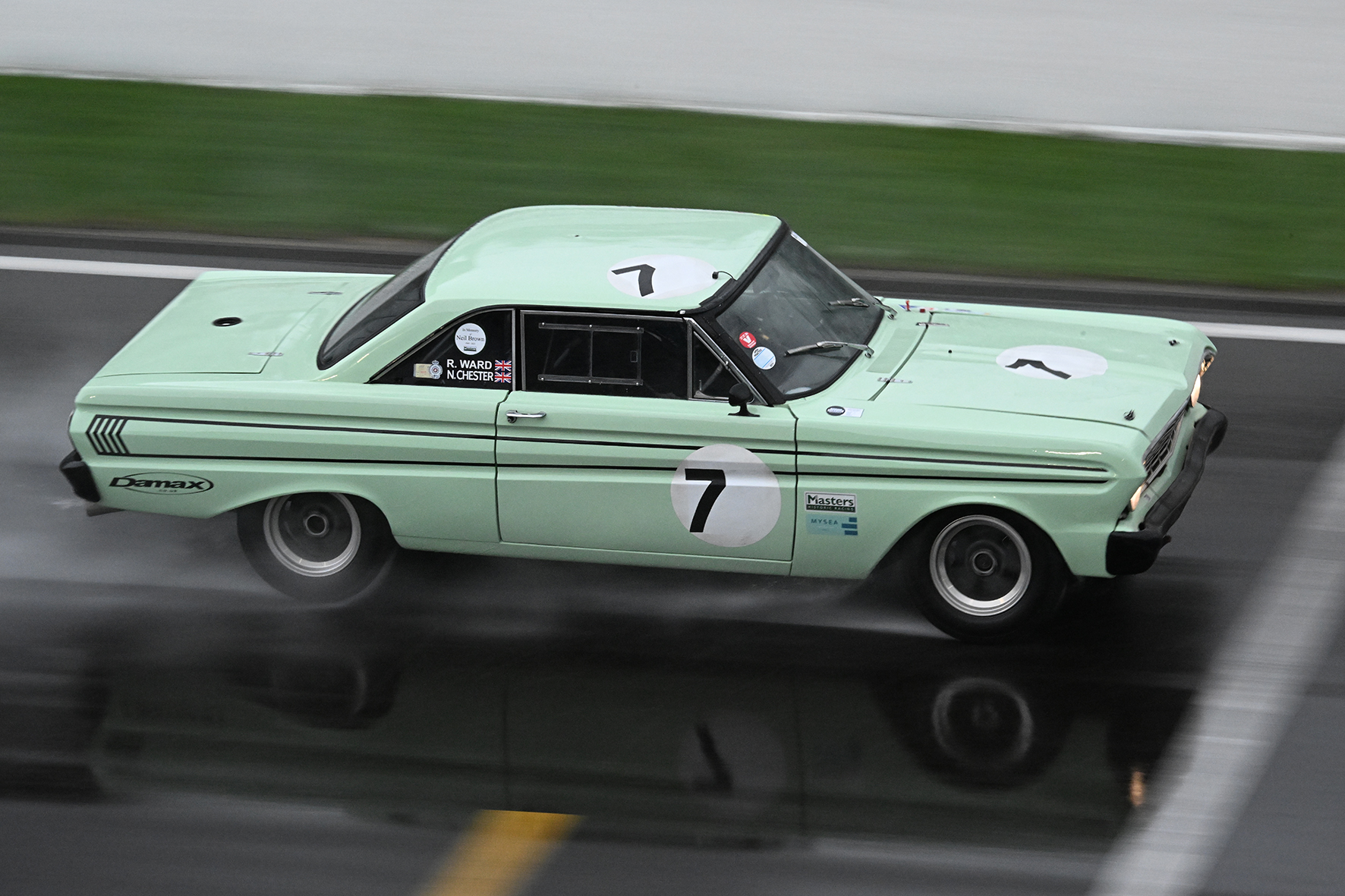
Of course, the racing cars with the free-standing wheels swirl up a lot more water than the closed touring and sports cars, but I think it really is a borderline pleasure to race in the rain. The drivers of the classic racing cars obviously know their abilities and the limits of their cars very well and are therefore able to assess the risk well. Ultimately, despite all the ambition of wanting to win, the will to stay on the track is probably the most important thing.
Despite the not always the best weather prospects on the last weekend of September in the east of Belgium, no one interested in historic motorsport should miss the Spa Six Hours. It is a very special experience, loud, colourful, exciting and above all extremely fascinating.
The results of the races can be read on the Spa Six Hours website with very detailed results and timing lists. Save the date for the next years issue of the Spa Six Hours. Find out more about our photographer Ralph Lüker.


